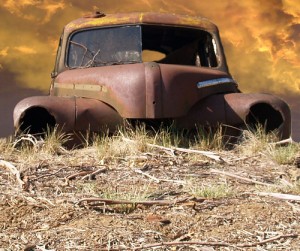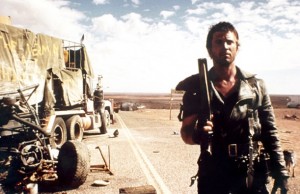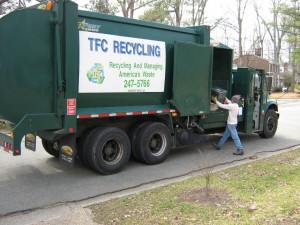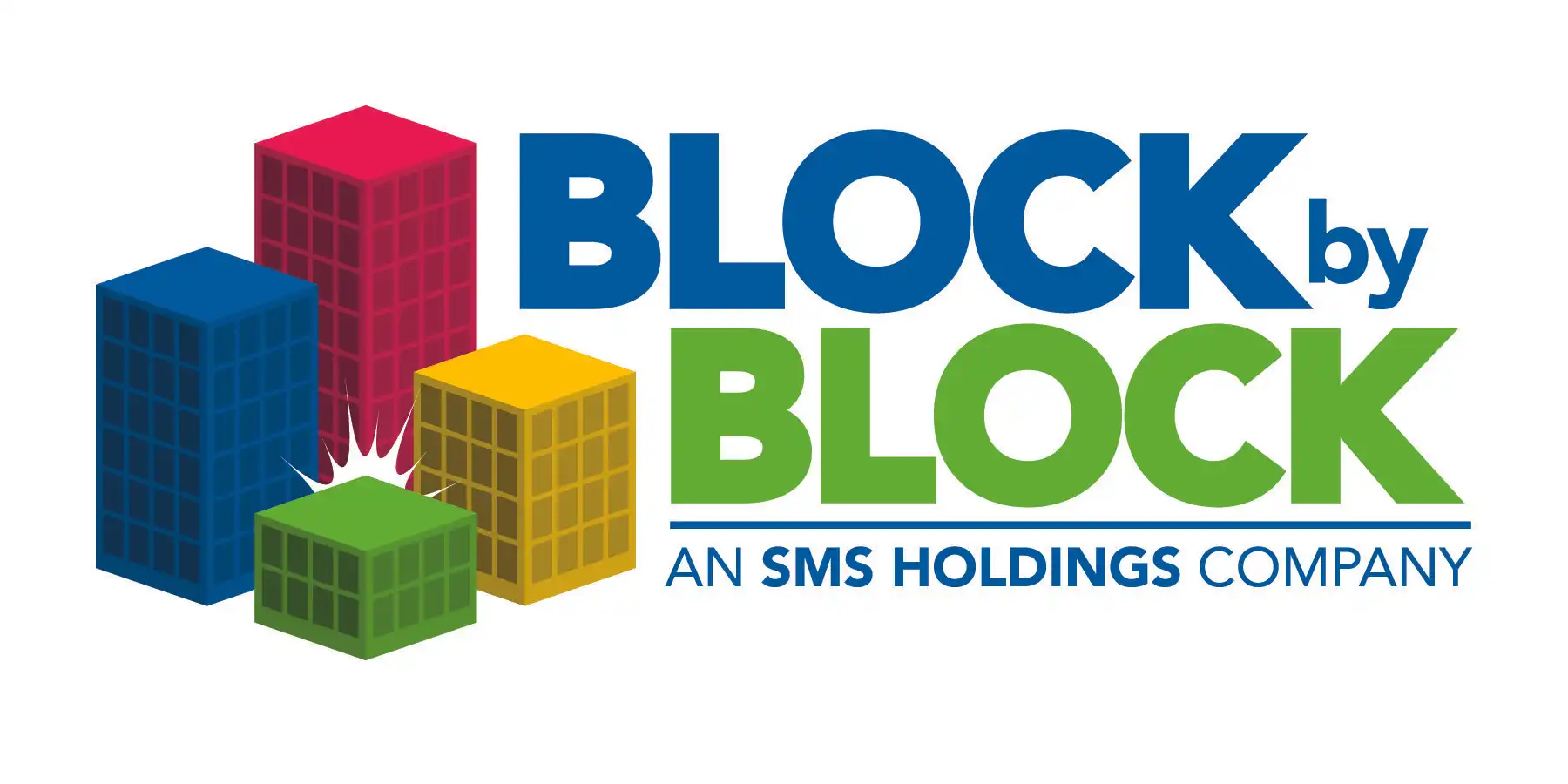OPINION: ‘Pay to Throw’ is a No-Go
We’ve all seen them. Carports overflowing with busted up bikes, toys, and hibachi grills. Some look like they should be under quarantine. A few may even require a hazmat suit to navigate.
How do these things happen?
Blame Santa, for one. Every Christmas he crams his bulbous rear down island chimneys, depositing a variety of useless trinkets at homes with disposable income (a passive-aggressive form of class warfare, if there ever was one).
Since reindeer don’t recycle for us, this ever-increasing accumulation of stuff tends to stick around. Add in a few birthdays and the occasional Superbowl party, and you’re at the edge of oblivion.

Making it difficult to dispose of things leads to monuments like these. Image courtesy University of Alaska Fairbanks.
You see, there’s an event-horizon of junk. A point of no return where there’s so much crap per square foot, it becomes an inescapable magnet for more garbage. Even the neighbor’s old roofing material isn’t immune.
So how do you prevent fellow islanders from starting roadside tributes to vintage appliances? For starters, don’t charge them a fee to get rid of the stuff.
When it costs money to dispose of something here, it often ends up sitting on a lawn, or getting tossed down a gully.
That fact hasn’t been lost on Councilwoman Brittany Smart, who has been reluctantly shepherding the well-intentioned but faulty “Bill 306” through the Hawaii County Council. The bill would institute a per-ton fee on any trash dumped at Big Island landfills and transfer stations (the fee works out to just over 4 cents per pound).
Bill 306 was actually the brainchild of the first-time Hawaii High School County Council project. The high shoolers trained under the direction of the County Clerk’s office (by legislative staffers, as opposed to the elusive Jamae Kawauchi).
After the students voted on the measure, it was handed to Councilwoman Smart to be introduced before the full County Council. On Sept. 19, the council voted unanimously to send the bill to the Department of Environmental Management (DEM) for review and comment.
The thought of a “pay as you throw” trash system has been tossed around before. The idea was tucked into the DEM’s Integrated Solid Waste Management Plan a few years ago, before a public outcry caused Mayor Billy Kenoi’s administration to dump the proposal.
In fact, charging the public to dump trash at the county’s transfer stations was considered by the council more than two decades ago. But then-Chairman Stephen Yamashiro was critical of the proposal, saying that he was convinced that it would lead to much of the island’s garbage being tossed into the nearest gulch.
It’s understandable why the high schoolers would have found such an idea appealing. Such a system could help to finance a cash-strapped DEM, and has succeeded at encouraging recycling in cities like Seattle, Wash.
But the success of programs like Seattle’s depends greatly on the curbside pickup service those cities offer.
Given the rural “dump-it-yourself” system the Big Island is home to, charging residents to dispose of their rubbish could turn already messy individuals into full-blown trash hoarders.
While these crusaders against obsessive-compulsive disorder may be doing their part to keep area property taxes in check, the declining home values that go hand-in-hand with their scrap metal collections can be a serious bummer for anyone trying to sell a nearby house.
But there’s reason for hope. The fact that most of these metallic mountains get piled into the driveway (as opposed to the backyard) means there’s an optimist in all of us. That at some point, someone intended to get rid of that stuff.
By rewarding people for properly parting with their pasts, we can help prevent these tetanus-laced obstacle courses from forming in the first place. Recycling efforts in Hawaii County (including paying people to turn in empty bottles) have succeeded in boosting collections, diverting over one third of Big Island trash away from landfills.

Lets boost recycling, and avoid future scenes like those in “Mad Max.” Image courtesy New York University.
But make it even harder for junk-hoarders to part with those rusty Daihatsus and worn out leather jackets, and your neighborhood could soon resemble scenes from the movie “Mad Max.”
While most of us fondly remember the pre anti-Semitic Mel Gibson, we don’t need any more silent tributes to the “Road Warrior.”









